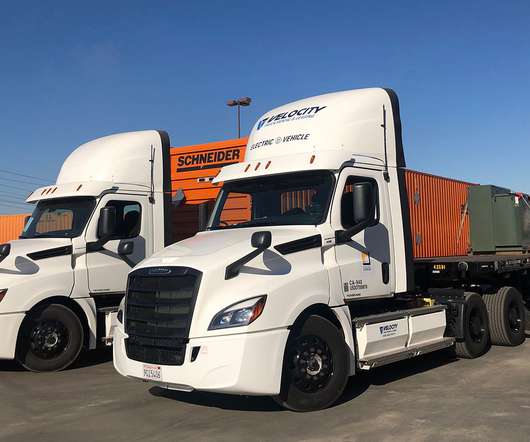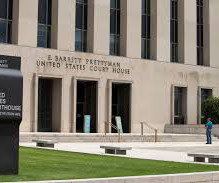Fighting Climate Change and Unhealthy Air, California Wants to Electrify Trucks, Too
Union of Concerned Scientists
SEPTEMBER 26, 2022
Now that California has taken the lead and set a goal for all passenger vehicles sold in the state to be electric by 2035, the next logical step is electrifying medium- and heavy-duty vehicles. This is an integral step towards cleaning our air and reducing climate-warming emissions. The rule would also reduce NOx and PM2.5















Let's personalize your content